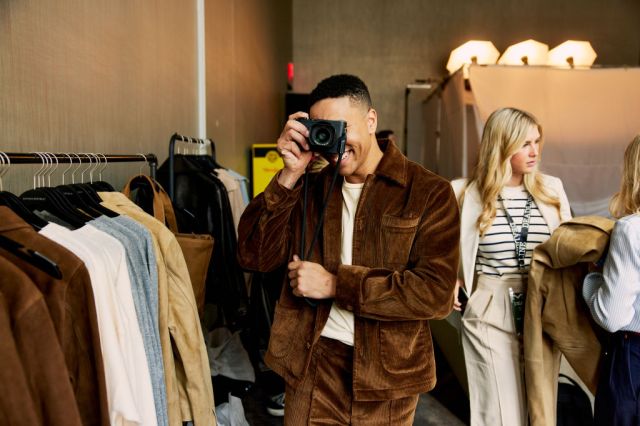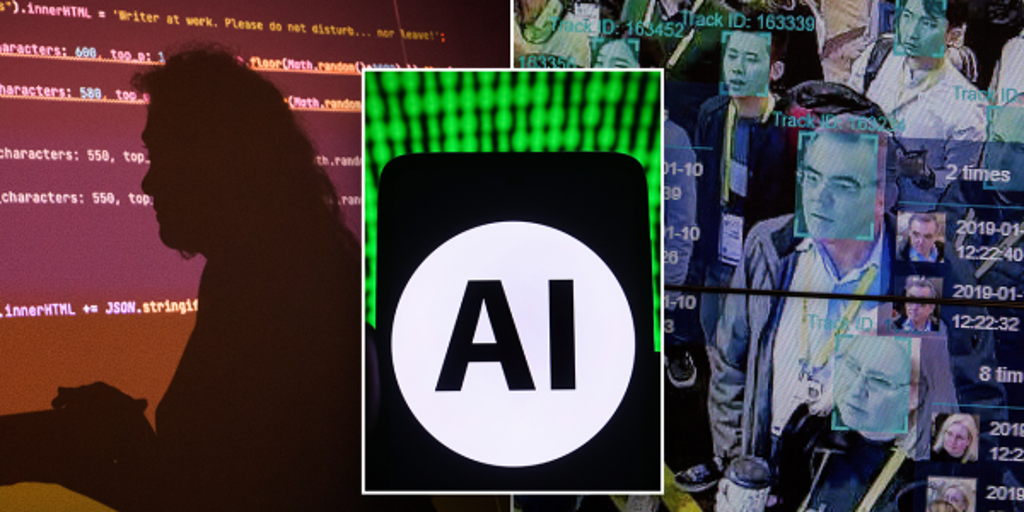Artificial intelligence (A.I.) is impacting various industries, including retail, where it leads to a more personalized shopping experience for consumers. Both tech giants and traditional retail establishments are leveraging this technology to replicate the in-store shopping experience as closely as possible online. At the recent SXSW event, Google’s director of consumer shopping, Lilian Rincon, and J.Crew’s chief intelligence officer, Danielle Schmelkin, shared insights on their strategies to achieve this goal for their respective companies.
Rincon highlighted the existing “gaps” in online shopping, emphasizing the disconnect between customer satisfaction and the products purchased. Data revealed that up to 60 percent of online shoppers return items due to unmet expectations, with over half feeling underrepresented in the online shopping space.
Google’s try-on feature, showcased by Rincon, utilizes A.I. to exhibit how clothing appears on models of diverse shapes, sizes, skin tones, and genders. This technology effectively demonstrates how garments adapt to different body types and movements, providing a comprehensive view of the clothing in various poses. By simply capturing images of clothing items on a flat surface, merchants can utilize Google’s generative A.I. to transform them into images featuring individuals wearing the items.
Schmelkin of J.Crew emphasized how A.I. enhances discoverability for shoppers, addressing the challenge of customers struggling to find specific items due to incorrect search terms. By incorporating additional attributes and synonyms for clothing items, customers can easily locate what they are looking for.
The focus is on enriching each product with approximately 90 attributes and synonyms to accommodate the evolving search behaviors of customers. This approach ensures that customers can effortlessly find their desired products, significantly improving the shopping experience.
Furthermore, Rincon and Schmelkin are considering how Generation Z engages with A.I. in shopping. Rincon noted that individuals aged 11-26 view shopping as a form of entertainment and prefer visual search methods, such as using their phone cameras, over traditional keyword searches.
The shift towards visual search methods, particularly among the younger demographic, signifies a move away from text-based searches towards more interactive and visually engaging shopping experiences.










